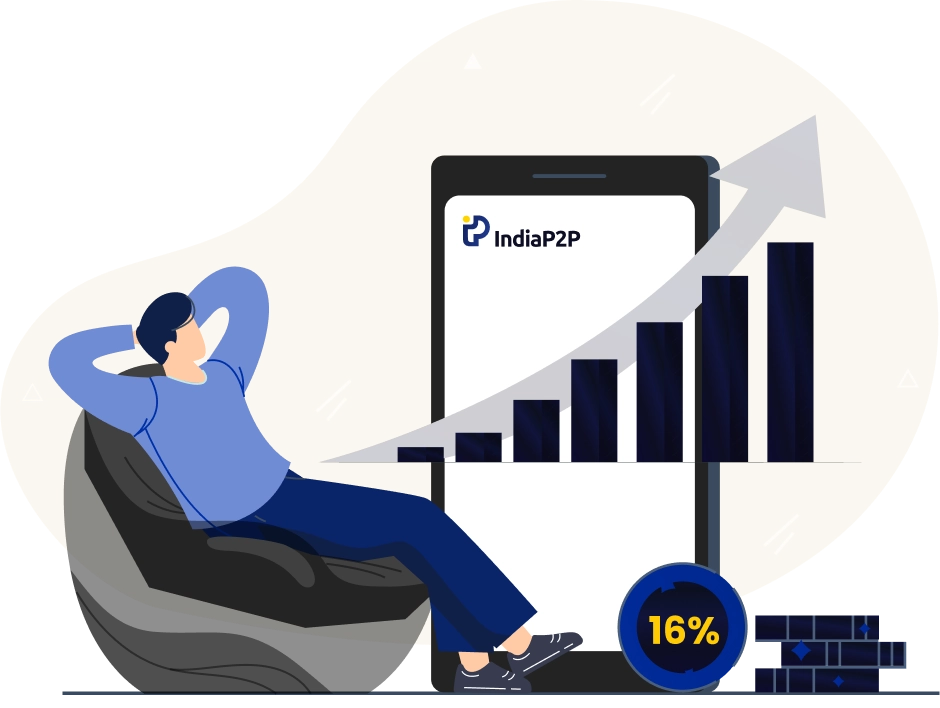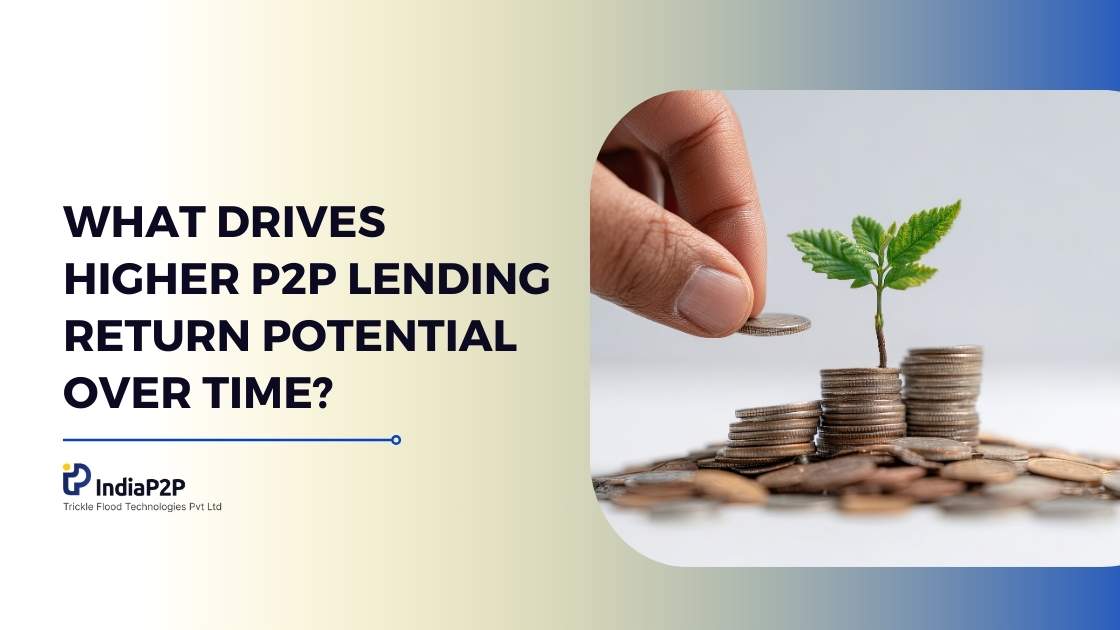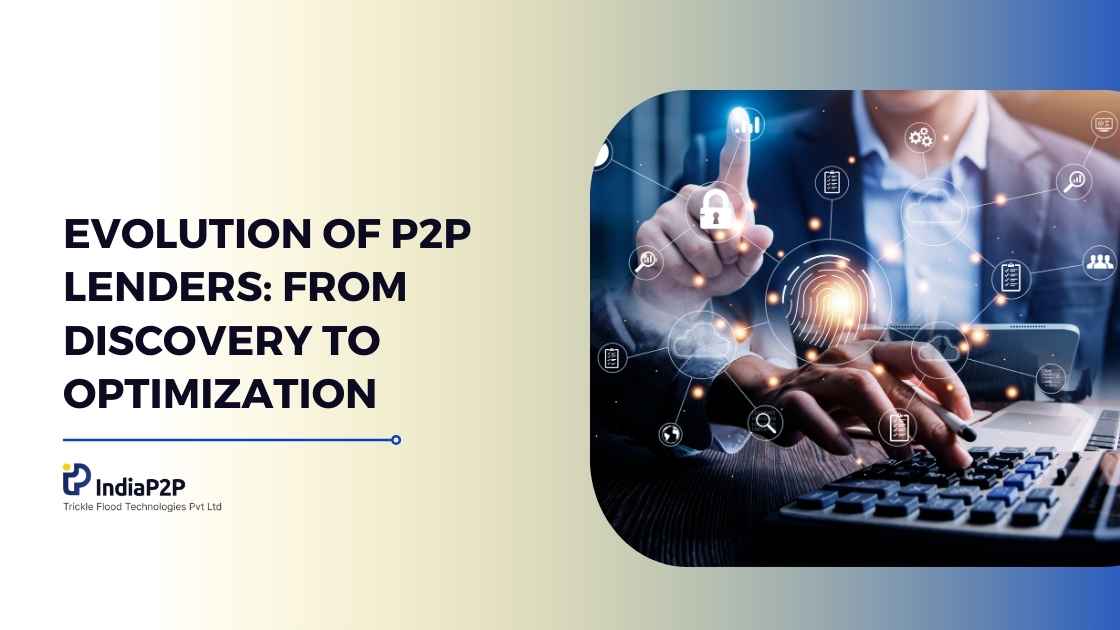What Is The Difference Between P2P Lending And Crowdfunding ?

When it comes to raising capital, there are a number of options available to businesses and entrepreneurs. Two of the most popular methods are peer-to-peer (P2P) lending and crowdfunding. Both of these methods have their own advantages and disadvantages, which will be discussed in this article.
P2P lending is a type of lending where individuals can borrow and lend money to each other without going through a financial institution. Crowdfunding, on the other hand, is a way of raising capital from a large number of people.
So, what’s the difference between P2P lending and crowdfunding? Keep reading to find out!
What is P2P lending?
Peer-to-Peer (P2P) lending is a type of lending that allows individuals to borrow and lend money to each other without the need for a financial institution as an intermediary. It is an online platform by which borrowers and lenders can connect with each other and the transaction can be completed. The concept of P2P lending eliminates the need for a bank in the middle, allowing borrowers and lenders to connect directly.
Unlike crowdfunding, in P2P lending, lenders are typically looking to earn a return. This can range from a small amount of interest to a more considerable return, depending on the type of loan that is being offered. The most common type of P2P loan is an unsecured loan, where the lender is not collateralizing their money. The loan originator typically sets the interest rate, the duration of the loan, and the loan amount.
P2P lending has become increasingly popular in recent years due to its potential for higher returns for lenders, lower costs for borrowers, and convenience for both parties. For lenders, it allows for passive income and diversification of investments. For borrowers, it can provide access to funds at a lower rate than traditional loans, as well as faster disbursal.
For further information you can read our blog on How P2P lending is better than traditional banking.
What is crowdfunding?
Crowdfunding is an online platform that allows individuals and businesses to raise money from a large number of investors—or a “crowd”—who support their initiatives or projects. This type of fundraising has been used by startups, charities, nonprofits, and more to raise funds. Crowdfunding allows individuals and businesses to raise funds quickly and with minimal investment.
Unlike P2P lending, in crowdfunding there is typically no return on investment for the investor. Instead, the investor receives a rewards-based incentive such as a product or service related to the campaign. Crowdfunding campaigns are typically funded through contributions from small-scale investors, whereas P2P lending typically requires larger contributions from individuals or corporations.
Crowdfunding can be successfully used to kickstart a business, fund social causes, and to develop new products or services. It is also an effective way to measure the public’s interest in an idea or product. It provides an opportunity for people from all walks of life to support causes or projects that resonate with them.
The difference between P2P lending and crowdfunding
The difference between P2P lending and crowdfunding can be difficult to spot. In general, P2P lending involves two parties: a borrower and a lender, who are matched through an online marketplace. The lender provides the funds, and the borrower uses the funds to finance a debt. P2P lending is an attractive option for borrowers because it typically requires low interest rates and shorter loan terms than traditional loans.
In contrast, crowdfunding focuses more on the total amount of funds a campaign can raise. It is a form of online fundraising that pool funds from multiple people who support a cause. While crowdfunding might offer financial incentives, it doesn’t involve any lending of funds from one party to another. Instead, it involves rallying a group of people who are willing to contribute what they can for a cause or project.
Which one should you choose for your business?
Given the differences between P2P lending and crowdfunding, the answer to the question ‘which one should you choose for your business’ depends on your individual needs. Depending upon the purpose and size of your business, one may be more beneficial than the other.
If your business is relatively small and you are looking to cover short-term costs, you may want to consider P2P lending. P2P lending can provide you with the funds quickly, and by borrowing money from individual lenders instead of a bank, you can access lower interest rates, as well as a shorter loan term.
On the other hand, if you are seeking to raise larger sums within a timeframe, crowdfunding may be a better option. Instead of relying on individuals to loan money, you can crowdfund with groups of multiple people, who can easily contribute money for a larger cause or project. This can potentially help businesses access larger funds at a much quicker rate.
Ultimately, understanding the differences between P2P lending and crowdfunding will help you to decide which one is more suitable for your business needs.
Conclusion
In conclusion, P2P lending and crowdfunding are both valuable financial resources for businesses and can be used to secure funds for your business. Understanding the differences between the two is essential to ensure that you make the right decision when it comes to funding your business. Both are great options, but depending upon the size and purpose of your business, one may be more beneficial than the other.
For those looking to cover short-term costs, P2P lending is typically a good option, due to the low interest rates and shorter loan terms that are often available. If you are seeking to raise larger sums of money in a short amount of time, crowdfunding may be a better option, as it allows groups of multiple people to contribute money for a larger cause or project.
In either case, it is important to do your research and compare the options before deciding which financial approach to use for your business.




